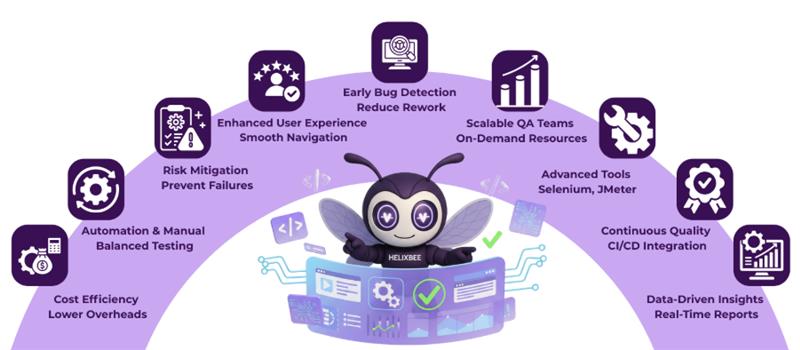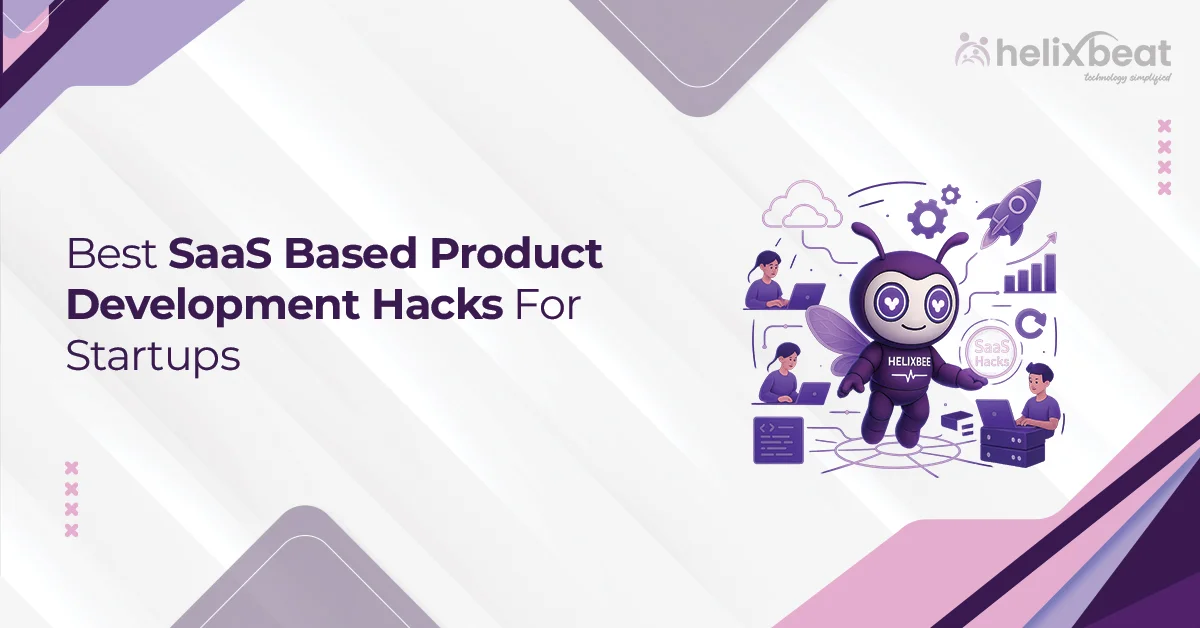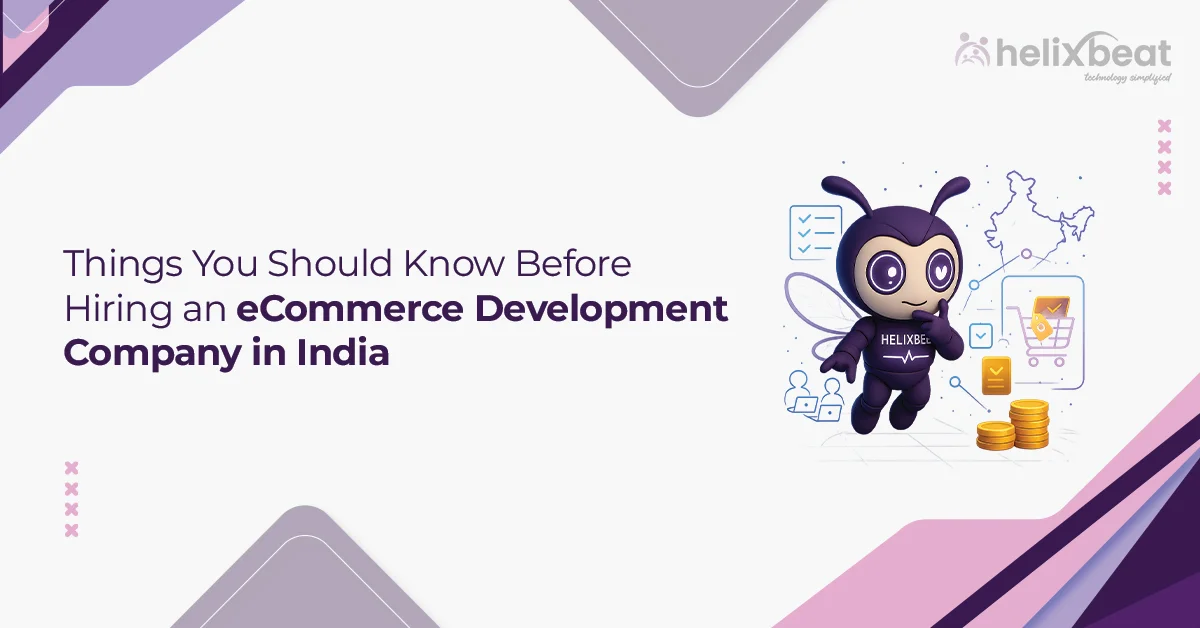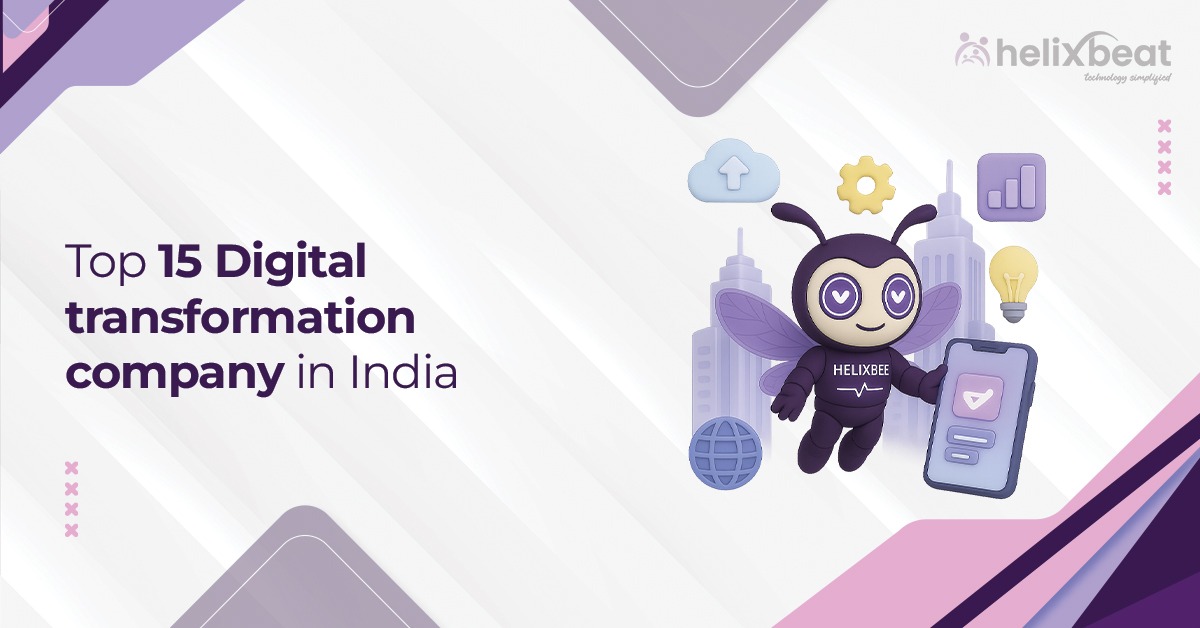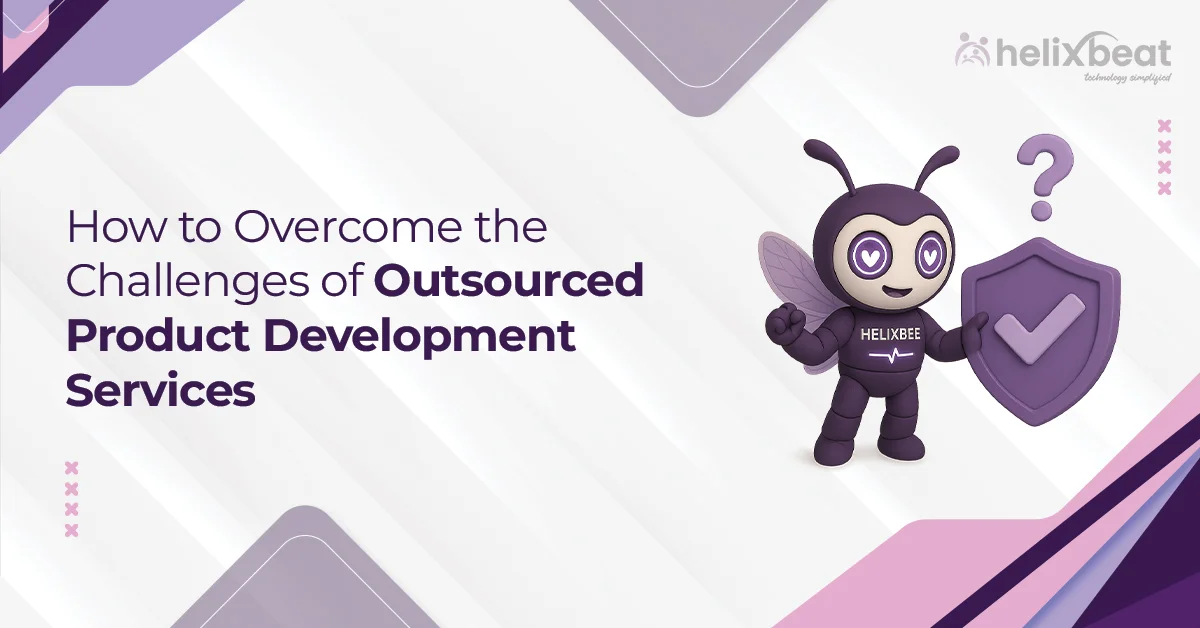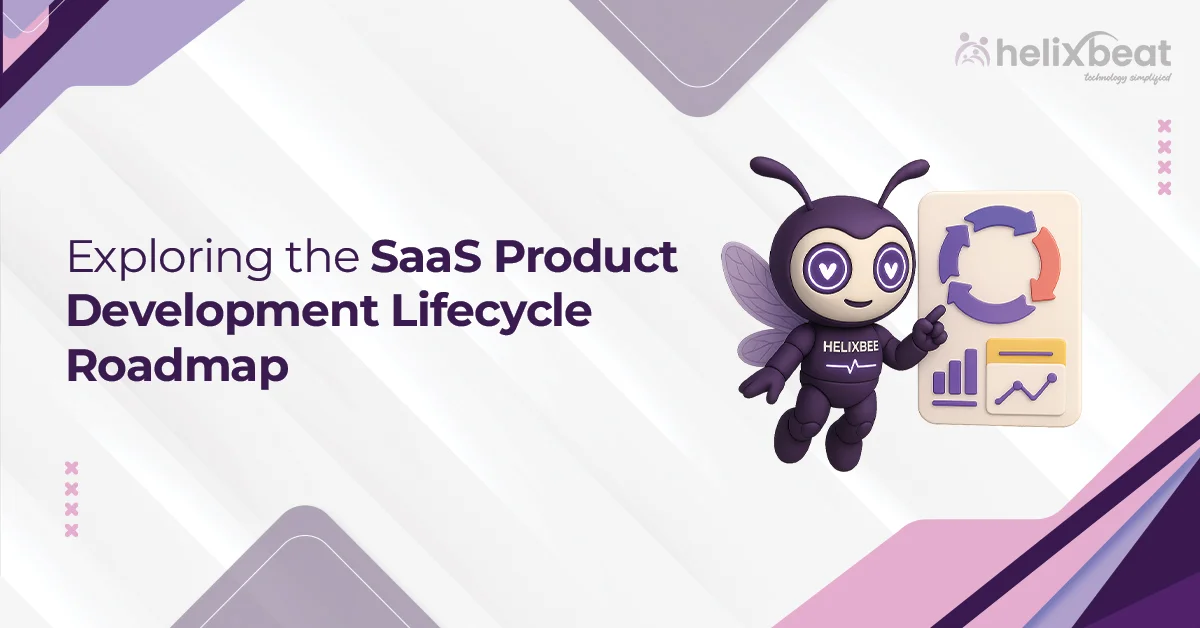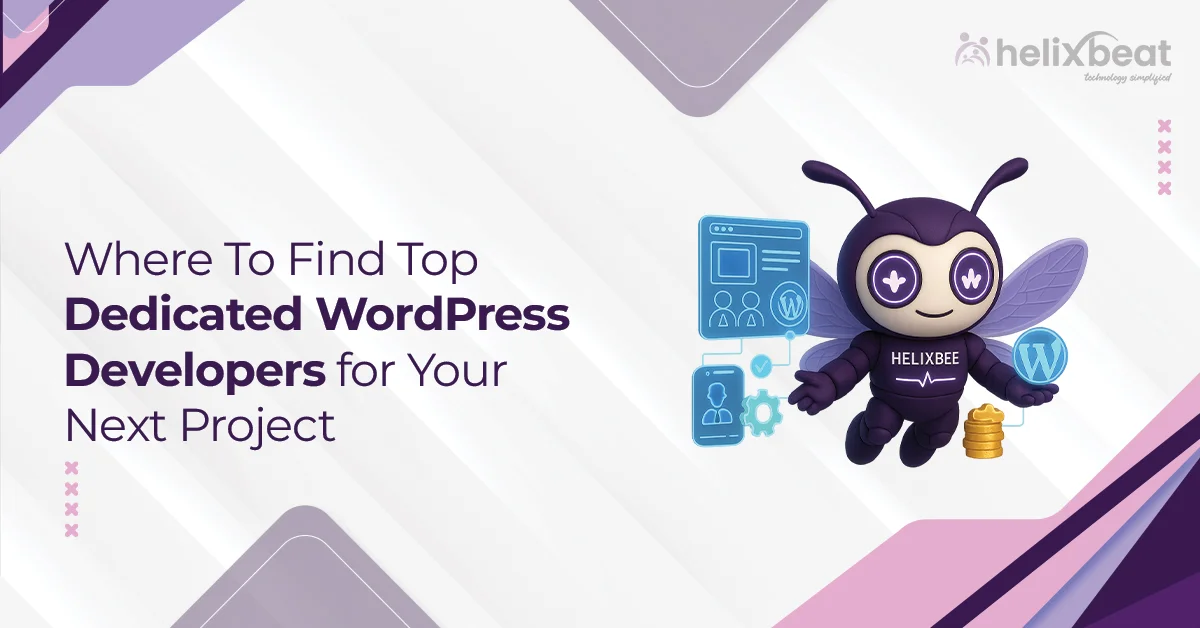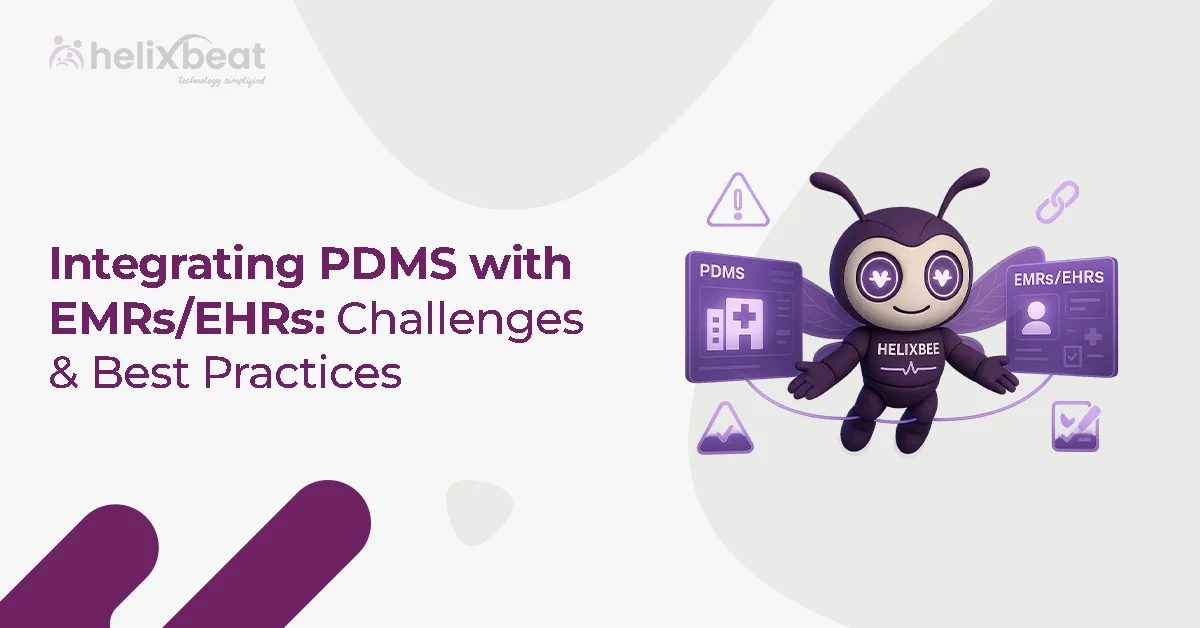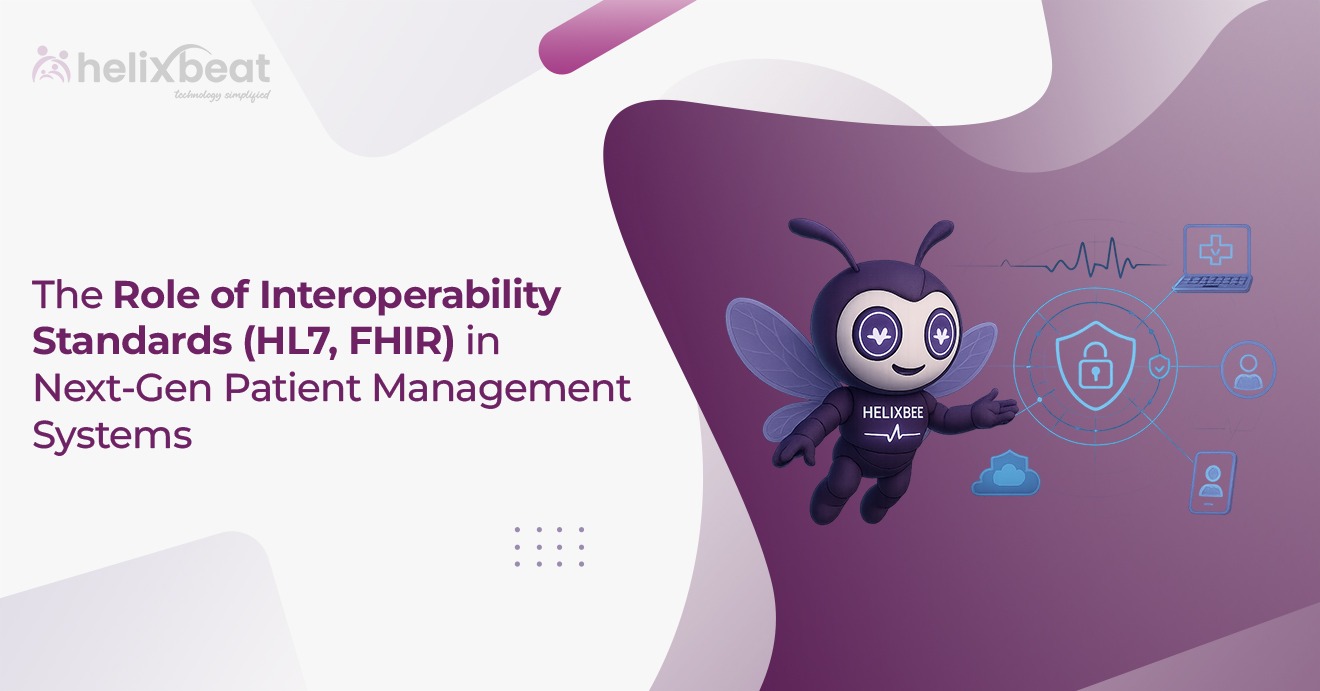A promising business idea can lose momentum without the right development strategy. Many companies start with a vision for a groundbreaking product, only to face unexpected challenges—high development costs, talent shortages, and project delays. Managing an in-house team requires time and expertise, making it difficult to maintain efficiency while keeping up with market demands.
To overcome these obstacles, outsourcing product development has become a game-changer for businesses worldwide. A report by Statista revealed that the global outsourcing market was valued at $92.5 billion in 2019, and it continues to expand as more companies seek cost-effective and scalable solutions. Whether it’s a startup looking for rapid MVP development or a large enterprise streamlining operations, businesses are turning to outsourced software product development to accelerate innovation and reduce operational burdens.
By partnering with experienced development firms, companies can bring ideas to life faster, minimize risks, and stay ahead in competitive markets.
Table of Contents
But What is Outsourcing Product Development?
Outsourcing product development is the process of hiring an external team to handle some or all aspects of creating a product, from design and development to testing and deployment. It allows businesses to leverage expert skills, reduce costs, and speed up time-to-market while focusing on core operations and strategic growth.
When to Outsource Product Development?
Outsourcing is beneficial, but when is the right time to do it? Here are key scenarios where outsourcing makes sense:
1. Lack of In-House Expertise
If your team lacks the necessary technical expertise, UX/UI design skills, or software architecture knowledge, outsourcing allows you to access experienced professionals without hiring full-time employees.
2. Need for Faster Time-to-Market
Speed is critical in today’s competitive market. Outsourcing reduces development cycles, allowing businesses to launch products 40% faster with the help of agile methodologies.
3. Budget Constraints
Maintaining an in-house team involves high salaries, training costs, and infrastructure investments. Outsourcing eliminates these overhead expenses, providing a cost-efficient alternative.
4. Scalability Challenges
If your project requires temporary specialized skills or on-demand scaling, outsourcing ensures you can quickly expand or reduce resources as needed.

What Can Be Outsourced in Product Development?
Companies often outsource different aspects of product development, including:
- Software Development – Custom applications, SaaS products, and enterprise solutions.
- UI/UX Design – User-friendly interfaces and customer-centric experiences.
- Prototyping & Testing – Creating proof-of-concept models before full-scale development.
- Cloud & DevOps – Secure cloud solutions and automation frameworks.
- Maintenance & Support – Continuous updates, bug fixes, and customer support services.

Advantages and Disadvantages of Outsourced Product Development
Outsourcing product development has become a widely adopted strategy, offering businesses a cost-effective way to build innovative solutions. While it provides advantages like faster time-to-market and access to global talent, it also comes with challenges that need to be managed effectively. Below is a balanced look at the key benefits and drawbacks of outsourcing.
Advantages
- Cost Savings- Outsourcing helps companies save up to 60% on operational costs by eliminating expenses related to hiring, training, and infrastructure.
- Access to Global Talent- Businesses can tap into a diverse talent pool, working with highly skilled professionals worldwide, ensuring expertise across various technologies.
- Faster Time-to-Market- An experienced outsourcing partner speeds up development, reducing project timelines and allowing businesses to launch products ahead of competitors.
- Focus on Core Business Functions- With development handled externally, internal teams can prioritize marketing, sales, and customer engagement, improving overall business efficiency.
Disadvantages
- Communication Challenges- Language barriers and time zone differences can create coordination difficulties. However, selecting a provider with 24/7 support and structured communication protocols helps mitigate these risks.
- Security Risks- Sharing sensitive information with a third party can pose data security risks. Ensuring compliance with HIPAA, and strict NDAs helps protect intellectual property.
- Quality Control Issues- Some outsourcing firms cut costs by compromising on quality. Partnering with a trusted outsourcing provider ensures high development standards and reliable performance.
By understanding these advantages and challenges, businesses can make informed decisions and maximize the benefits of outsourced product development.
Common Pitfalls to Avoid When Outsourcing Product Development
Outsourcing product development can help businesses reduce costs and accelerate innovation, but mistakes in the process can lead to delays, unexpected expenses, and compromised product quality. Avoiding these common pitfalls ensures a successful and efficient development journey.
1. Selecting a Vendor Based Only on Cost
Choosing the cheapest development partner may seem cost-effective, but it often comes at the expense of quality and expertise. A low-cost provider may lack the technical skills, experience, or resources needed for a reliable product. Instead, prioritize proven success, technical capabilities, and industry experience to ensure long-term value.
2. Failing to Define Clear Requirements
A lack of detailed project scope can lead to misaligned expectations, delays, and budget overruns. Without clear documentation, developers may struggle to understand business objectives. A structured requirement document outlining features, timelines, and technical specifications ensures smoother execution.
3. Neglecting Security & Compliance Standards
Overlooking data security and compliance can expose businesses to privacy breaches and legal risks. Before outsourcing, ensure that your vendor follows regulatory standards like HIPAA, or ISO and implements robust security measures such as data encryption and access controls.
4. Overlooking Post-Development Support
Many businesses focus solely on development and ignore long-term maintenance. Without ongoing support, products can suffer from bugs, security vulnerabilities, and outdated features. Always confirm that your outsourcing partner provides post-launch updates, technical support, and performance monitoring.
By addressing these risks upfront, businesses can maximize the benefits of outsourcing and achieve higher-quality product development with fewer obstacles.

Estimated Cost of Outsourcing Product Development in the USA
The cost of outsourcing product development in the USA varies based on the project complexity, duration, and required skill sets. Here’s an estimated breakdown:
- Basic MVP Development – $50,000 to $100,000
- Full-Scale Software Product – $150,000 to $500,000
- Enterprise-Level Solutions – $500,000+
Factors Affecting Cost
- Project Complexity – Advanced technologies (AI, IoT, blockchain) increase costs.
- Team Expertise – Senior developers and specialists charge higher rates.
- Location – Firms in major tech hubs have higher pricing.
- Technology Stack – Specialized tools require higher investment.
- UI/UX Design – Custom, interactive designs add to expenses.
- Compliance & Security – Meeting HIPAA or SOC 2 standards raises costs.
- Post-Development Support – Maintenance and updates involve recurring expenses.
- Third-Party Integrations – APIs, payment gateways, and cloud services impact cost.
- Scalability & Customization – More flexibility demands higher development costs.
How to Choose the Right Product Development Partner?
Selecting the right product development partner is crucial for building a successful, scalable product. Helixbeat provides expert-driven solutions, ensuring businesses receive high-quality, secure, and efficient product development services tailored to their needs.
1. Evaluate Experience & Portfolio
A company’s past projects reflect its capabilities and industry expertise. Reviewing Helixbeat’s portfolio helps businesses determine if they have worked on similar projects, ensuring a strong understanding of business challenges and technical requirements.
2. Check for Agile & Scalable Development Processes
Agile methodologies provide flexibility, iterative development, and faster problem-solving. Helixbeat follows an agile approach that allows businesses to make adjustments without disrupting workflows, ensuring that products remain scalable and adaptable.
3. Prioritize Security & Compliance
Security is non-negotiable, especially for industries handling sensitive user data. Helixbeat follows strict compliance protocols like HIPAA, and ISO, implementing encryption, access controls, and security audits to protect user information.
4. Assess Communication & Collaboration
Clear and consistent communication is key to outsourced product development. Helixbeat provides regular updates, transparent reporting, and dedicated project managers, ensuring smooth collaboration from start to finish.
5. Look for End-to-End Development Support
A strong development partner offers more than just coding. Helixbeat provides end-to-end product development services, covering design, testing, deployment, and post-launch support, ensuring a reliable and high-performing product.
By choosing Helixbeat as a product development partner, businesses gain expert guidance, secure solutions, and a streamlined development process that delivers results.

Final Words
Outsourcing product development is a cost-effective and efficient way to accelerate innovation while minimizing risks. Whether you need custom software, UI/UX design, cloud solutions, or full-scale enterprise applications, choosing the right partner is crucial.
With proven expertise, an agile approach, and 24/7 support, Helixbeat helps businesses develop scalable, high-performing products that drive success. If you’re ready to take your product development to the next level, partner with Helixbeat today.
FAQs
1. What is outsourced product development?
It is the process of hiring a third-party service provider to handle all aspects of software or product development.
2. How does outsourcing reduce costs?
Businesses save money by avoiding hiring, training, and infrastructure costs associated with in-house teams.
3. What services can be outsourced in product development?
Services include software development, UI/UX design, prototyping, testing, cloud solutions, and post-launch support.
4. What industries benefit the most from outsourcing?
Industries like fintech, healthcare, retail, SaaS, and logistics gain the most from outsourcing.
5. How do I ensure my intellectual property is protected?
Choose a provider that follows strict security protocols, NDA agreements, and compliance regulations.
6. How do I manage an outsourced product development team?
Use project management tools like Jira or Trello and hold regular update meetings.



